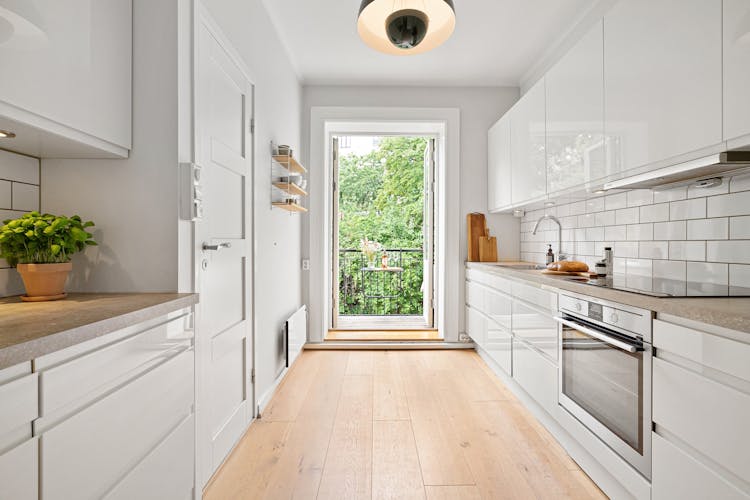All Categories
Featured
Table of Contents
- – Current Trends in Home Flipping
- – Understanding Returns on House Flipping Invest...
- – Metropolitan Areas with Highest and Lowest Pro...
- – The Strategy Behind Timely Flips
- – Shifts in Real Estate Investment Strategies
- – Detailed Analysis of 2024 House Flipping Trends
- – Key Takeaways from the 2024 House Flipping Market
- – What are the key factors that affect profit m...
- – How has the U.S. real estate flipping market ...
In the realm of house flipping, acquiring properties, enhancing them through renovations, and quickly reselling for profit remains a dominate strategy. The year 2024 marked a significant transition with a 29.3% decline in home flipping activities compared to the previous year, indicative of the shifting waves in the U.S. real estate market.
Current Trends in Home Flipping
The challenges in the 2024 house flipping market were multiple, with issues ranging from limited housing inventory to increased competitive pressures, effectively pressuring the investment returns. Added to this, an end to the prolonged rise in home prices contributed significantly to making it one of the toughest markets since 2007.
Understanding Returns on House Flipping Investments
For 2024, the average ROI for house flipping stood at 27.5%, a stark reduction from the 49.2% seen in 2016, while the average gross profit was approximately $66,000. This market segment also saw a median price dip of 4.4%. These statistics underline the heightened need for judicious investment planning and strategic property selection to maximize profit margins in a more turbulent market.
Metropolitan Areas with Highest and Lowest Profit Margins
In 2024, some cities showcased higher profit margins than others. The highest returns were noted in Pittsburgh, PA, and Buffalo, NY, with ROI percentages towering at 105.3% and 87.4% respectively. On the contrary, cities like Austin, TX, and Dallas, TX, faced challenges with significantly lower or negative returns.
The Strategy Behind Timely Flips
The duration for a flip also saw an extension, averaging 169 days in 2024 compared to shorter periods in previous years. Moreover, the proportion of flips purchased using financing dropped to 37% from a higher 43% in 2017, signaling a potential tightening in lending conditions or shifts in strategy towards more cash purchases.
Shifts in Real Estate Investment Strategies
There is a noticeable shift among investors moving away from traditional flipping to potentially exploring other avenues within the real estate domain, highlighting a need for adaptation in strategies to remain profitable.
Detailed Analysis of 2024 House Flipping Trends
During 2024, the house flipping scene involved 308,922 single-family homes and condos. This figure represented about 8.1% of all home sales—a decrease from 8.4% recorded in the record-setting year of 2022.
Key Takeaways from the 2024 House Flipping Market
Given the current market conditions, potential flippers must conduct extensive research to identify opportunities that maximize returns. This means paying close attention to local market conditions, housing stock availability, and the overall economic environment.
What are the key factors that affect profit margins in real estate flipping?
How has the U.S. real estate flipping market changed in recent years?

Read More
Table of Contents
- – Current Trends in Home Flipping
- – Understanding Returns on House Flipping Invest...
- – Metropolitan Areas with Highest and Lowest Pro...
- – The Strategy Behind Timely Flips
- – Shifts in Real Estate Investment Strategies
- – Detailed Analysis of 2024 House Flipping Trends
- – Key Takeaways from the 2024 House Flipping Market
- – What are the key factors that affect profit m...
- – How has the U.S. real estate flipping market ...
Latest Posts
Maximizing ROI with Fractional Executives: A Smart Choice
Strategic Flexibility: The Essential Role of Fractional Executives
Engagement Rings: Worth Beyond the Diamond
More
Latest Posts
Maximizing ROI with Fractional Executives: A Smart Choice
Strategic Flexibility: The Essential Role of Fractional Executives
Engagement Rings: Worth Beyond the Diamond